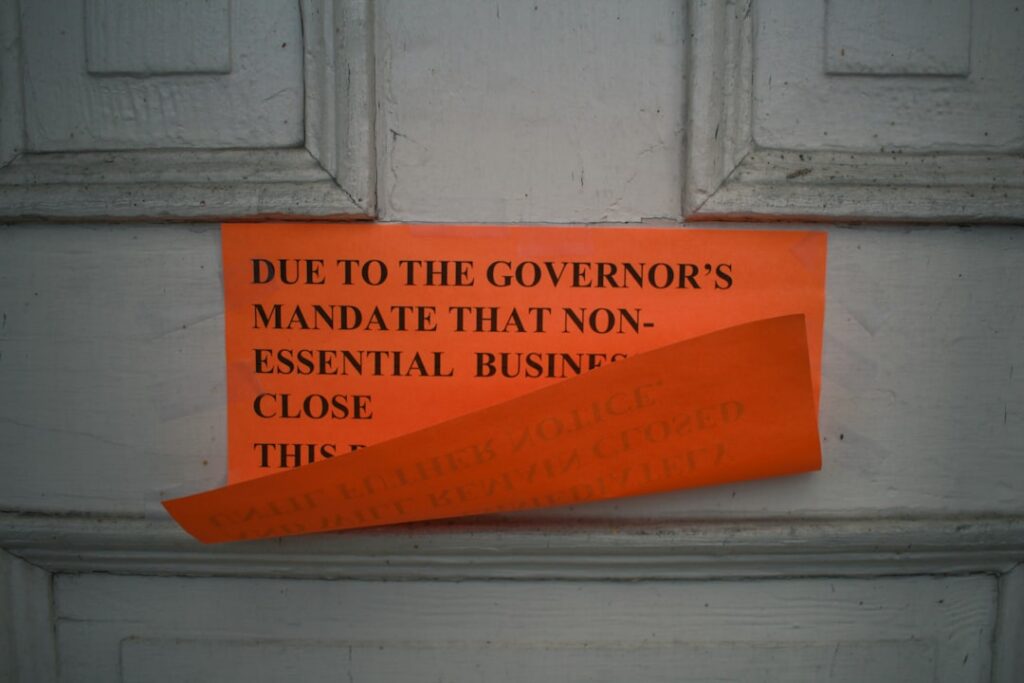Hook Introduction
The recent Senate vote to reopen the government marks a significant turning point in American politics, ending a record-long shutdown that disrupted lives and services across the nation. With the Senate passing legislation to restore operations, the question on everyone’s mind is: What were the key factors that led to this bipartisan agreement? Eight Democrats breaking from party lines to join Republicans showcases a willingness to compromise during challenging times. In this article, we’ll explore the intricacies of the vote, the implications for future legislation, and who stands to gain the most from this decision.
Quick Takeaways
- Understanding the pivotal role of bipartisan support in governance.
- Recognizing the implications of the shutdown on federal employees and services.
- Exploring the strategic moves made by party leaders leading up to the vote.
- Identifying key political figures who influenced the outcome.
- Analyzing public reactions and media coverage of the shutdown.
- Looking ahead at potential future challenges in Congress.
The Context of the Shutdown
The government shutdown, which lasted an unprecedented number of days, created a ripple effect across various sectors, including healthcare, education, and national security. The reason behind the shutdown was a stalemate in budget negotiations, primarily over issues such as funding for border security and immigration reform. For many Americans, the consequences were dire; federal employees faced unpaid leave while essential services were disrupted.
Breakdown of the Senate Vote
On November 10, 2025, the Senate voted decisively to pass the legislation aimed at reopening the government. The vote saw a surprising coalition form when eight Democratic senators crossed party lines to support the measure put forth by Republican leaders. This strategic move not only showcased a willingness to compromise but also reflected a growing concern among lawmakers about the impacts of the prolonged shutdown on their constituents.
Key Players in the Shutdown Resolution
Several key figures emerged during this critical period. Senate Majority Leader Chuck Schumer and Minority Leader Mitch McConnell played pivotal roles in negotiating the terms of the reopening. Their ability to navigate through the political landscape and bring together opposing factions was instrumental in achieving this outcome. Additionally, the eight Democrats who broke with their party’s stance deserve recognition for their courage and foresight.
Implications for Federal Employees
For the thousands of federal employees affected by the shutdown, the Senate’s decision to reopen the government is a welcome relief. Many faced financial uncertainty as bills piled up and paychecks were delayed. The reopening not only reinstates their salaries but also restores critical government services that affect daily life.
The Role of Public Opinion
Public opinion played a significant role in the resolution of the shutdown. Polls indicated that a vast majority of Americans were frustrated with the lack of progress in Congress and the direct impact of the shutdown on their lives. This growing discontent may have pressured senators to reconsider their positions and prioritize the needs of their constituents over party loyalty.
Media Coverage and Analysis
Media coverage of the shutdown and the subsequent Senate vote has been extensive. Analysts have pointed out that the bipartisan nature of the vote could reshape perceptions of party dynamics in the Senate. NBC News’ Gadi Schwartz and Melanie Zanona provided insightful commentary on the event, discussing the potential for future collaborations between parties in Congress.
Future Challenges Ahead
While the immediate crisis has been averted, the Senate’s actions raise questions about future legislative challenges. Will this bipartisan approach continue in the face of upcoming budget negotiations? Or will party lines reassert themselves, leading to further stalemates? The upcoming elections may also influence how senators align themselves on future votes.
Related Resources
- Understanding the Impact of Government Shutdowns on the Economy
- Bipartisanship: The Key to Effective Governance
- Public Opinion and Its Influence on Political Decisions
FAQ Section
What caused the government shutdown?
The government shutdown was primarily caused by a stalemate in budget negotiations regarding funding for border security and immigration reform. Disagreements between the parties led to an impasse, resulting in the shutdown.
How long did the government shutdown last?
The shutdown lasted for a record number of days, which significantly impacted federal employees and services. The reopening was long-awaited by many who faced financial struggles.
What was the Senate’s vote count to reopen the government?
The Senate passed the legislation to reopen the government with a significant majority, thanks to bipartisan support that included eight Democrats joining Republicans.
Who were the key political figures involved?
Key political figures included Senate Majority Leader Chuck Schumer and Minority Leader Mitch McConnell, who played crucial roles in negotiating the terms of the reopening.
What are the implications for federal employees?
The reopening of the government allows for the reinstatement of salaries for federal employees who were affected by the shutdown, alleviating financial strain for many households.
How did public opinion affect the Senate’s decision?
Public opinion was a significant factor, with many Americans expressing frustration over the shutdown. This pressure likely influenced senators to reach a bipartisan agreement to reopen the government.
What might happen in future budget negotiations?
Future negotiations could be influenced by the recent bipartisan effort, but there remains uncertainty about whether this trend will continue or if party lines will dominate once again.
Conclusion
The Senate’s decision to reopen the government is a testament to the power of bipartisan cooperation in times of crisis. As we reflect on the events leading up to this vote, it becomes clear that the willingness to compromise can lead to meaningful change and restore essential services for millions of Americans. Moving forward, it will be crucial to monitor how these dynamics evolve, especially with upcoming budget negotiations. Will lawmakers continue to prioritize the needs of their constituents over party loyalty? The answer to this question could shape the future of American governance. What are your thoughts on how the shutdown was handled, and what lessons can be learned for the future?
Photo by Meghan Schiereck on Unsplash

